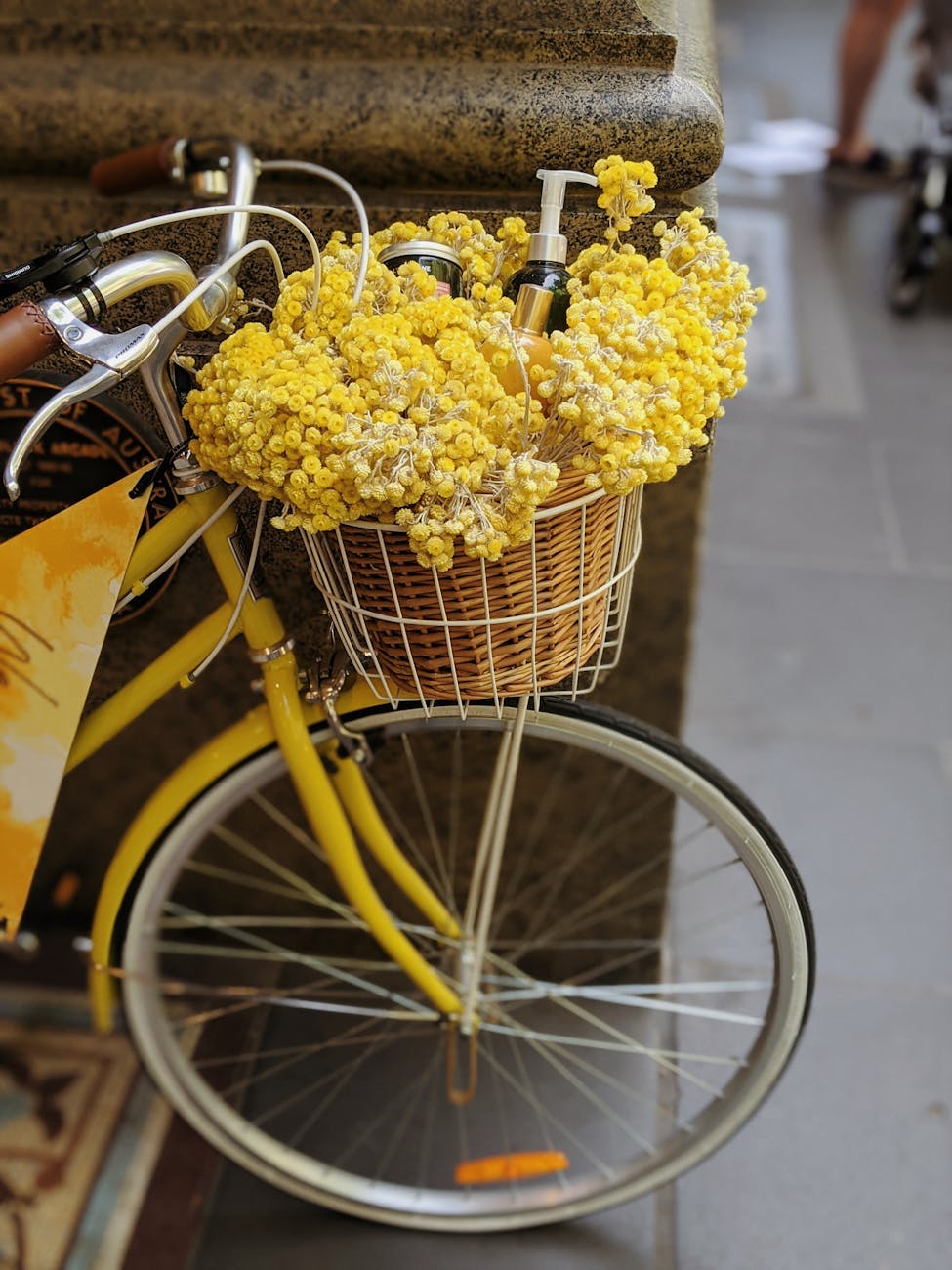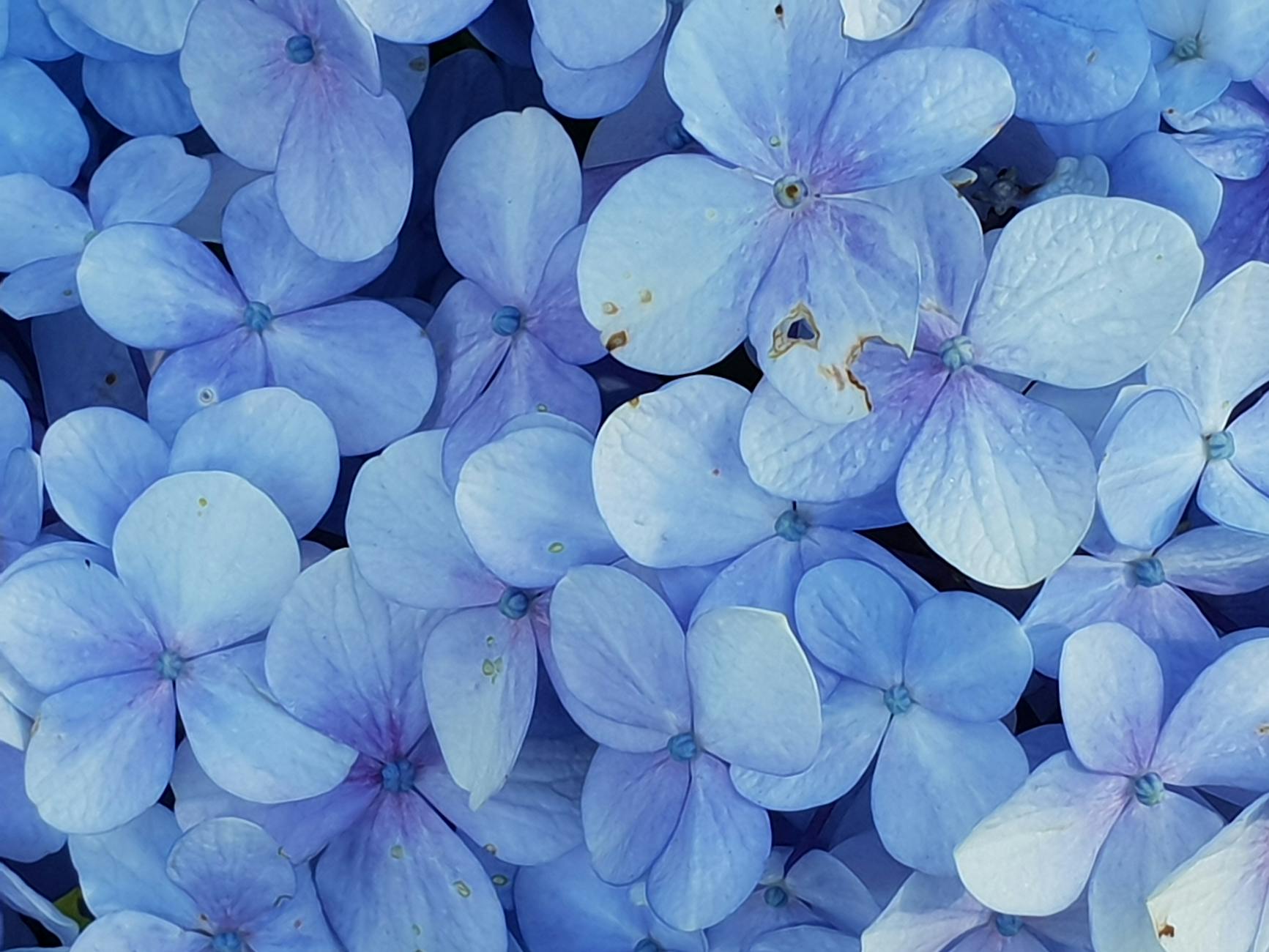The Language of Flowers: Symbolism and Significance in Floral Arrangements


Symbolism and Significance in Floral Arrangements
Flowers have long been used to convey messages, emotions, and sentiments without the need for words. From ancient civilizations to modern times, the language of flowers, also known as floriography, has played a significant role in human communication and expression. In this comprehensive exploration, we delve into the rich symbolism and significance of flowers in floral arrangements, uncovering the hidden meanings behind different blooms and their arrangements.
Understanding Floriography
Floriography is the art of using flowers to communicate specific messages or sentiments. Each flower carries its own unique symbolism and meaning, allowing individuals to convey a wide range of emotions through floral arrangements. From love and friendship to sympathy and gratitude, flowers serve as powerful messengers that transcend language barriers and cultural differences. Understanding the language of flowers opens up a world of possibilities for creating meaningful and personalized floral arrangements.
Exploring Flower Symbolism
Different flowers carry different meanings, making them suitable for various occasions and purposes. For example, roses are often associated with love and romance, making them popular choices for weddings and anniversaries. Similarly, lilies symbolize purity and renewal, making them appropriate for funerals and memorial services. By incorporating flowers with specific symbolism into floral arrangements, individuals can convey their intended message or sentiment with clarity and precision.
Significance of Floral Arrangements
Floral arrangements play a significant role in various aspects of human life, from celebrations and ceremonies to rituals and remembrances. In weddings, flowers adorn the venue and bridal party, symbolizing love, unity, and new beginnings. In funerals, flowers offer comfort and solace to grieving loved ones, symbolizing sympathy, remembrance, and the cycle of life. Whether used for joyous occasions or somber events, floral arrangements serve as tangible expressions of human emotions and connections.
Creating Meaningful Floral Designs
When creating floral arrangements, it's essential to consider the symbolism and significance of each flower and its arrangement. Thoughtful selection of flowers and colors can enhance the intended message or theme of the arrangement, whether it's conveying love and affection, expressing condolences, or celebrating life's milestones. Additionally, incorporating elements such as foliage, containers, and accents can add depth and texture to floral designs, further enriching their meaning and impact.
Honoring Tradition and Innovation
While the language of flowers has deep roots in tradition and symbolism, it also allows for creativity and innovation in floral design. Modern florists often combine traditional floral symbolism with contemporary aesthetics to create unique and personalized arrangements that resonate with clients and recipients. Whether it's incorporating unconventional blooms, experimenting with color palettes, or exploring innovative design techniques, florists continue to push the boundaries of floral artistry while honoring the timeless symbolism of flowers.
Conclusion
In conclusion, the language of flowers is a timeless and universal form of communication that transcends words and cultures. Through floral arrangements, individuals can convey messages, emotions, and sentiments with beauty and grace, enriching life's most meaningful moments with the symbolism and significance of flowers. Whether celebrating love and joy or offering comfort and solace, floral arrangements serve as powerful expressions of human connections and emotions, reminding us of the profound beauty and meaning found in nature's most exquisite creations.